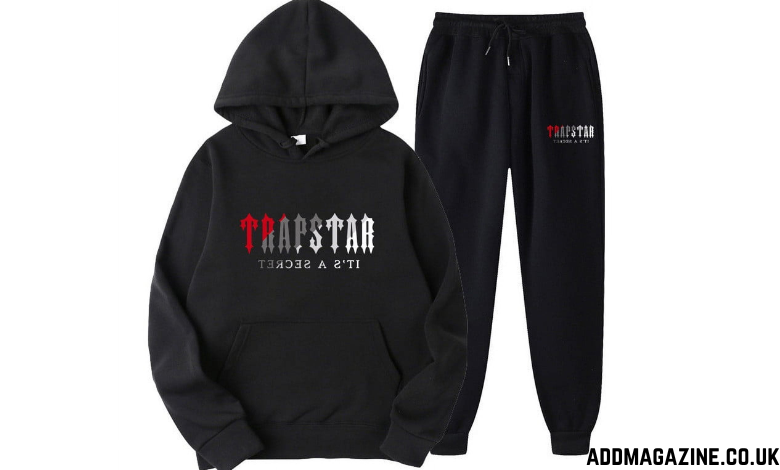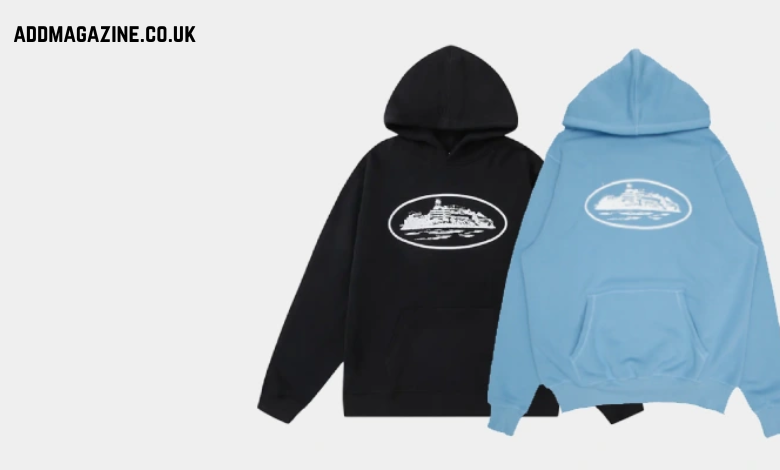Sometimes, authenticity can’t be manufactured—it’s lived. This was born from the raw energy of London’s underground streets, where creativity came from struggle, not strategy. Instead of chasing trends, the founders expressed what they felt, and that emotion still echoes in every Kurtka Trapstar design today. Unlike brands that follow formulas, it grew from genuine connections, where fashion was just a reflection of real stories. That’s why when people wear it, they feel the attitude, not just the fabric. It’s not a label trying to look real—it’s a movement that never stopped being real.
The Power of Identity and Belonging in Trapstar Culture
What makes it powerful is the sense of identity it creates. When you see someone in a Chandal Trapstar or a signature jacket, there’s a mutual understanding of belonging. It gives people from all walks of life a symbol of resilience. It doesn’t pretend to be exclusive—it’s inclusive to everyone who understands struggle, ambition, and pride. While other hype brands rely on limited drops, Trapstar thrives on emotional connection. Its identity was shaped by the streets and continues to speak for them today.
Why Trapstar Doesn’t Follow the Rules of Traditional Streetwear
Most hype brands follow predictable patterns—collaborations, limited editions, celebrity endorsements. But it flips the script. Instead of conforming, Trapstar challenges what fashion should look like, blending rebellion with confidence. The beauty of Kurtka lies in its ability to stay grounded while still turning heads. The brand doesn’t depend on mainstream attention; it creates its own rhythm. That’s what makes it feel so real—it doesn’t chase validation. It already knows who it is. Every piece feels intentional, every design has a story, and every release carries the energy of independence and raw creativity.
The Emotional Honesty Behind Designs
What separates Trapstar from hype-heavy competitors is the emotional honesty stitched into its clothing. Each Chandal feels personal, almost like an unspoken message from the streets to the world. The brand doesn’t overcomplicate its message—it communicates power, truth, and resilience. That’s what gives it depth. Other labels may chase visual perfection, but it focus on meaning. There’s a human touch behind every design decision, rooted in real experiences rather than corporate planning. Wearing this brand feels like wearing a story, and that connection between fabric and feeling is what keeps the brand undeniably authentic.
The Influence of Music and Culture on Its Identity
Music has always fueled this brand’s fire. Its founders and early supporters were deeply involved in the UK’s music and creative scenes, shaping its tone and direction. This connection to sound and culture made it more than just fashion—it became a statement of rhythm, rebellion, and reality. When someone wears a Kurtka Trapstar, they’re wearing an echo of London’s underground beats. That raw link to art and sound gives an authenticity most brands can’t imitate. It’s not about following trends in hip-hop or grime—it’s about being part of them from the very beginning.
The Community Connection That Keeps Grounded
Trapstar didn’t grow by chasing influencers—it grew through community. From local pop-ups to global recognition, it always kept its roots alive. The people who wear it often share similar stories of ambition, struggle, and success. Even as it expands, this protects its core identity: real people wearing real designs that represent real life. The brand never forgot where it came from. Whether it’s a Chandal Trapstar or a graphic tee, each piece holds a connection to the same streets that built its foundation.
The Subtle Confidence That Defines Style
There’s something bold yet effortless about this brand’s style. It doesn’t scream for attention—it earns it naturally. Instead of relying on flashy designs, it focuses on confidence that comes from self-assurance. Wearing Kurtka Trapstar feels powerful, but not pretentious. That subtle energy separates it from other hype labels that rely on shock value. Trapstar’s design language is rooted in authenticity and meaning. It’s for people who don’t need validation to stand out. That quiet power resonates with anyone who values truth over hype, turning simple clothing into a reflection of personal strength and attitude.
The Realness That Comes from Trapstar’s Consistency
This brand has never tried to reinvent itself just to stay relevant. Its evolution has been natural, not forced. That’s rare in a world where most brands constantly chase new aesthetics. By staying true to its message, it created something timeless. Every Chandal Trapstar drop feels consistent with its roots yet fresh enough to inspire. The balance between staying grounded and growing creatively keeps the brand credible. Consumers trust it because it doesn’t change personality for profit. This consistency proves that authenticity isn’t about perfection—it’s about staying loyal to what you stand for.
The Silent Revolution in Streetwear Led
Trapstar might not be the loudest brand in fashion, but its impact is undeniable. It represents a quiet revolution—one built on integrity and identity rather than hype. Each Kurtka carries the weight of real stories from real people. That’s the soul behind its success. The brand doesn’t rely on slogans; it relies on truth. Its designs move with confidence because they were never meant to please trends. It has built a lane that’s unshakable because it’s rooted in lived experience, not borrowed aesthetics. It’s real because it’s never tried to fake it.
The Future of Trapstar and the Meaning of Being “Real”
Looking ahead, it isn’t just defining what’s cool—it’s redefining what’s genuine. In an era dominated by fast fashion and artificial hype, the brand remains a symbol of staying true. When people wear Chandal, they carry a piece of authenticity that feels personal and emotional. This brand’s future lies not in expansion, but in preservation—keeping that raw energy alive as it grows. The world doesn’t need more hype; it needs more honesty. It reminds us that being real isn’t a trend—it’s a choice, and that’s what makes it timeless in every sense.




